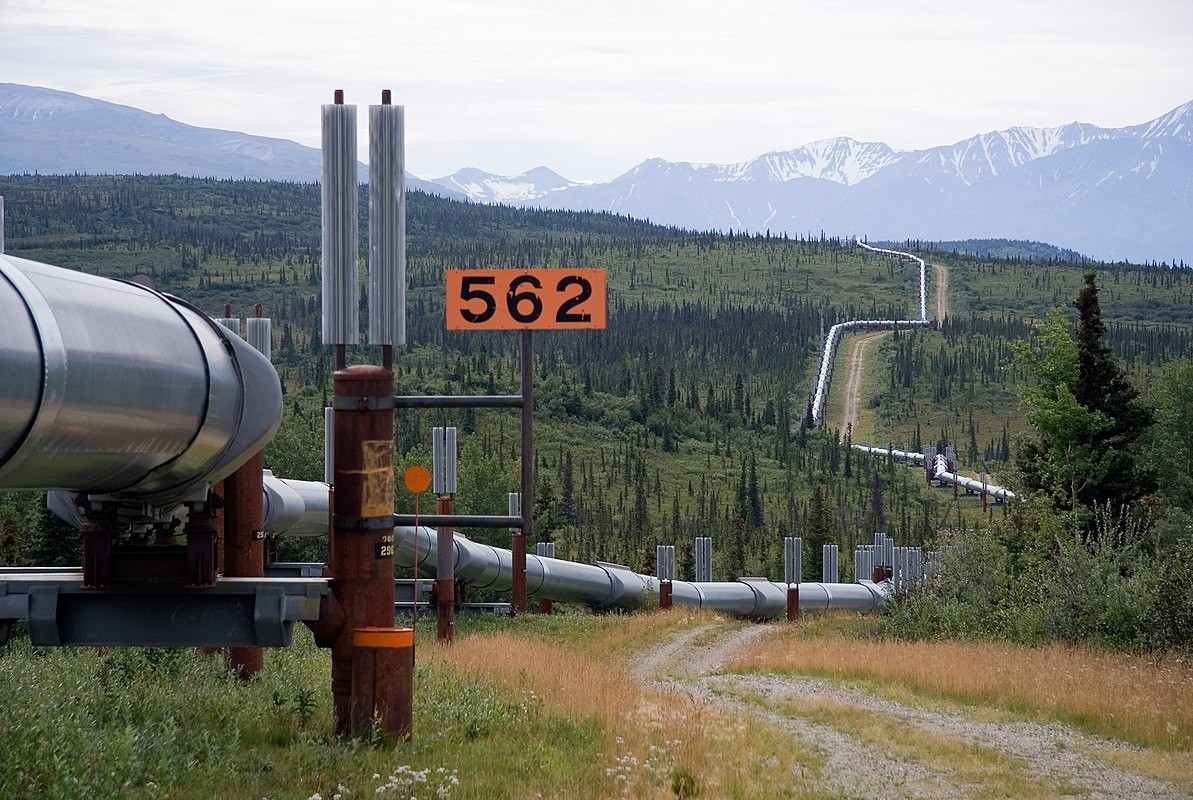Long-distance pipeline valves
Long-distance pipeline valves are used in large-scale pipeline systems such as oil and natural gas. Their main function is to control the flow of fluid in order to regulate, cut off and control the pipeline.
Some common types of long-distance pipeline valves include:
Ball valve: The ball valve has the characteristics of quick switching, which can provide good sealing performance and low resistance. They are widely used in pipeline truncation and regulation control.
Butterfly valve: The butterfly valve is mainly composed of a circular butterfly plate and a rotating shaft, which controls the flow of fluid by rotating the butterfly plate. They are characterized by low pressure loss and fast closure in large diameter pipelines.
Gate valve: The gate valve controls the flow of fluid by moving the gate plate up and down. They are suitable for truncation and regulating control in pipelines, but are not usually used for frequent operations due to their high resistance and slow switching speed.
Regulating valve: The regulating valve can precisely adjust the flow and pressure of the fluid according to the need. They are often used in process systems that require precise control.
Compared with ordinary valves, long-distance pipeline valves have the following special features:
High pressure and large diameter: Long distance pipeline valves usually have to withstand higher pressure and larger flow. In contrast, ordinary valves are typically used in systems with lower pressures and smaller flows.
Long life and reliability: Long haul pipeline valves need to have the ability to operate continuously for a long time and maintain good performance under harsh working conditions. Therefore, the design and manufacturing requirements of long-distance pipeline valves are more stringent, focusing on reliability and durability.
High sealing and leakproof requirements: the liquid or gas transported in the long distance pipeline usually has high pressure and high temperature, which requires the valve to have good sealing performance, which can effectively prevent leakage and avoid harm to the environment and equipment.
Low pressure loss: Since long distance pipelines typically transport fluids over long distances, valves in pipelines require low pressure loss for the fluid to ensure that the fluid can flow at higher speeds.
High resilience: Long haul pipeline valves usually need to have the resilience to open or close quickly in response to emergencies or emergencies.
